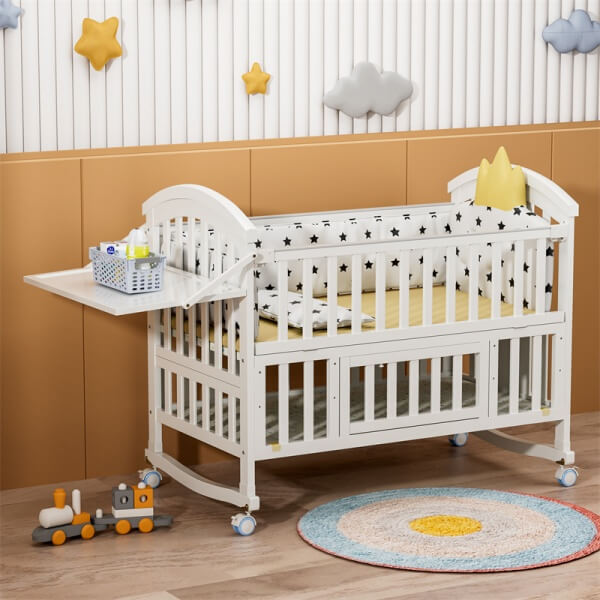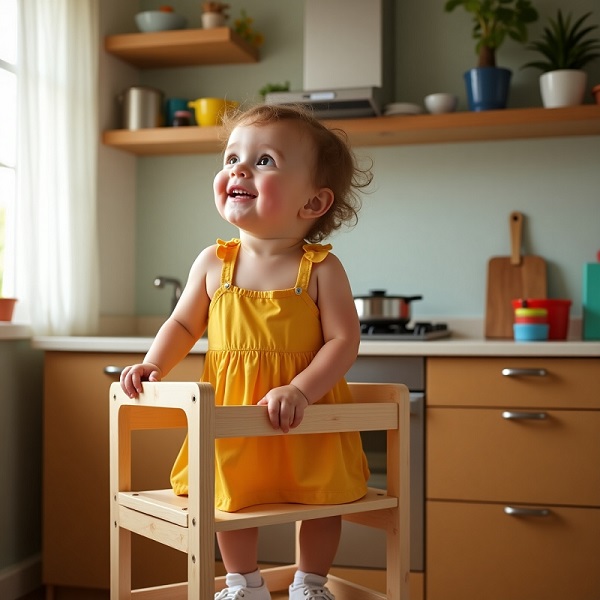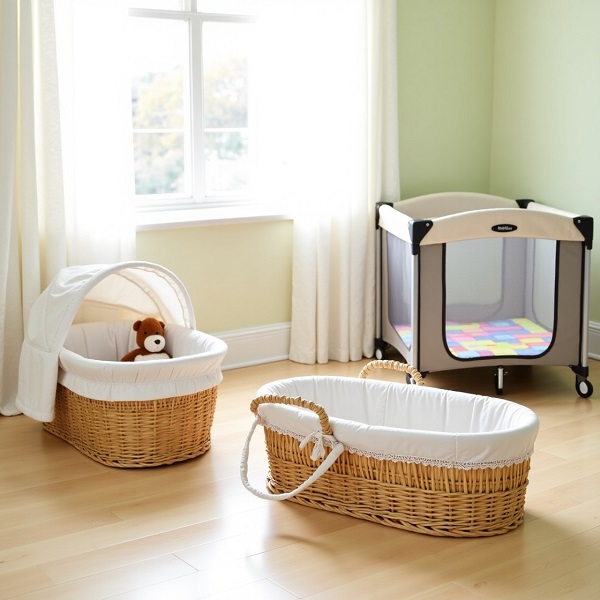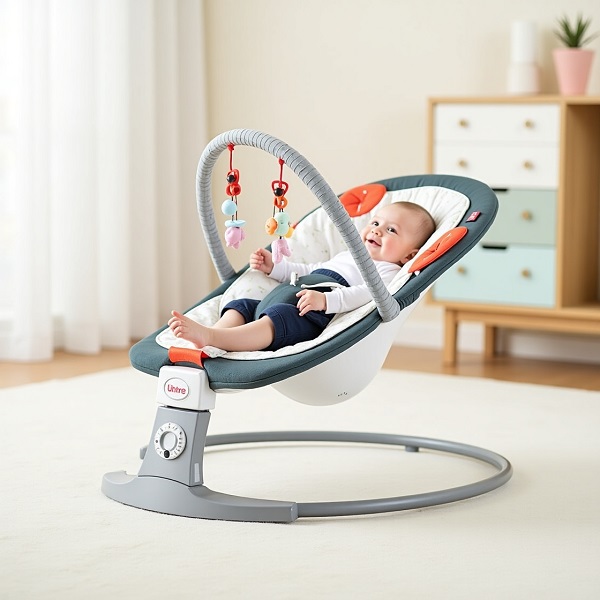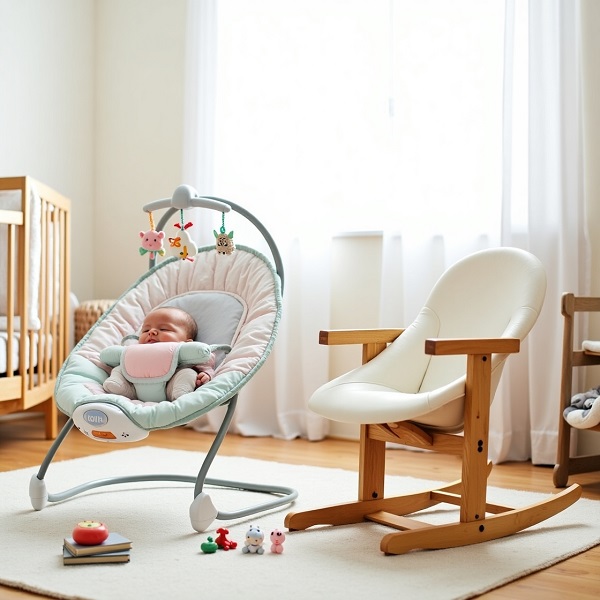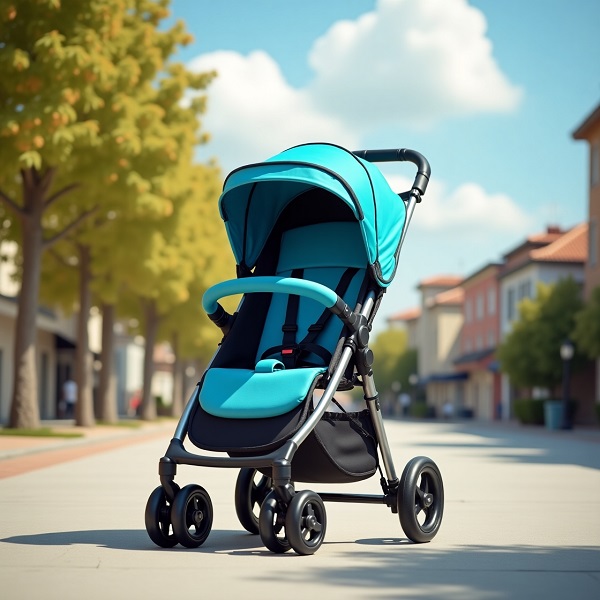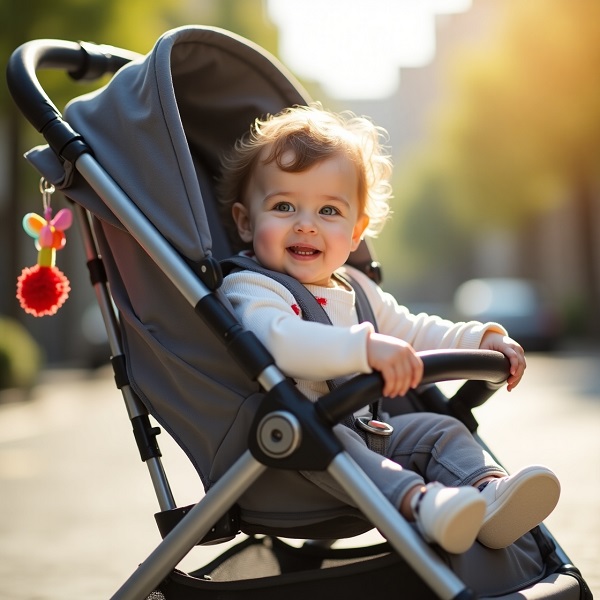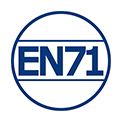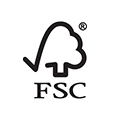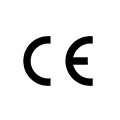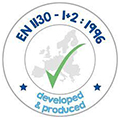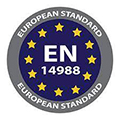The baby and kids’ furniture market is driven by both the emotional needs of parents and practical functionality, reflecting a stable and optimistic growth trajectory. As parenting approaches evolve and birth rates rise in certain regions, this multi-billion-dollar global industry continues to expand.
Compared to ten years ago, modern parents prioritize environmentally friendly materials, growth-adaptive designs, and maximizing space efficiency in their homes.
In the following content, we will analyze in detail how to build your own business in this warm industry from market positioning, product selection, operation strategy, to precautions.
Is Selling Baby and Kids Furniture a Profitable Business?
For entrepreneurs who want to enter the infant furniture industry, the core question is: Can this business really make money?
The infant products industry has always been regarded as a “rigid demand market“. Even in times of economic fluctuations, parents’ spending on infant products is relatively stable – they prefer to cut other expenses rather than reduce the quality of their children’s products.
A family usually needs to replace furniture many times during the growth of their children: from cribs to toddler beds, to study tables and chairs. This phased demand creates a natural repurchase opportunity.
According to the latest market report released by Statista, the revenue of the baby and kids furniture market will reach 6.26 billion US dollars in 2025. Furthermore, the market is projected to grow at a compound annual growth rate (CAGR) of 2.41% between 2025 and 2029.
From the perspective of consumer behavior, Statista’s survey data shows a clear trend of consumption upgrading. In 2022, the average expenditure of American families on infant furniture reached US$387, an increase of 23% from 2018. Notably, high-income households demonstrate especially strong purchasing power in this market segment.
In addition, the profit performance of the high-end market segment is particularly outstanding. For example, although the unit price of products made of solid wood, organic coatings, or in compliance with strict environmental certification (such as Greenguard Gold) is higher, the target customer group (middle- and high-income families) is less price sensitive, making the profit margin more considerable. In contrast, the low-priced mass market is more competitive and mainly relies on sales rather than unit profit.
Overall, infant and kids furniture is indeed a profitable industry, but it requires professional knowledge and sophisticated operations. Operators who can accurately grasp market demand, establish differentiated advantages, and effectively control costs often obtain stable and considerable returns.
How to Find Your Niche?
Step 1: Market Segmentation
The infant and toddler furniture market can be segmented according to multiple dimensions, such as price range, material type, functional features, design style, etc.
According to Nielsen’s market research data, the fastest growing segments in recent years include: furniture made of environmentally friendly materials, space-saving multifunctional designs, and ethnic style products.
Step 2: Deepen Your Understanding of Target Customers
Modern parent groups are clearly differentiated: young parents pay more attention to the design sense and the social media sharing value of products. Highly educated families pay special attention to the safety and environmental certification of materials. Small-sized families are in urgent need of space-saving solutions.
These differentiated needs can be captured by analyzing hot topics in social media discussions, e-commerce platform reviews, and discussions in professional parenting forums.
Step 3: Product Innovation
Product innovation is often the key to opening up niche markets. Observe the shortcomings of existing products on the market and think about how to meet specific needs through improvements.
For example, the guardrails of traditional cribs are fixed in height, while the adjustable height design can meet the needs of different growth stages. Ordinary diaper tables only have storage functions, and adding a removable bathtub can achieve multifunctional use.
Step 4: Test and Verify
You can first launch a small-scale prototype and collect feedback through e-commerce platforms, maternal and child communities, or offline pop-up stores.
The key is to observe three indicators: customer willingness to pay (whether they are willing to pay for differentiated functions), repurchase intention (whether they recognize the value of the product), and recommendation possibility (whether they are willing to recommend it to others).
Step 5: Build a Unique Brand Story
When your product targets a specific group of people, the values and emotional resonance conveyed by the brand are particularly important.
For example, a brand focusing on environmentally friendly materials can emphasize its commitment to the healthy growth of the next generation. Products for small apartments can provide a solution for optimizing urban parenting space.
Step 6: Keep Iterating
Successful niche market operators usually maintain a quarterly market research frequency and adjust product strategies in a timely manner. For example, with the popularity of working from home, some brands have timely launched furniture combinations that combine parent workspaces and children’s activity areas, successfully seizing new demand points.
What Baby and Kids Furniture Products Should You Sell?
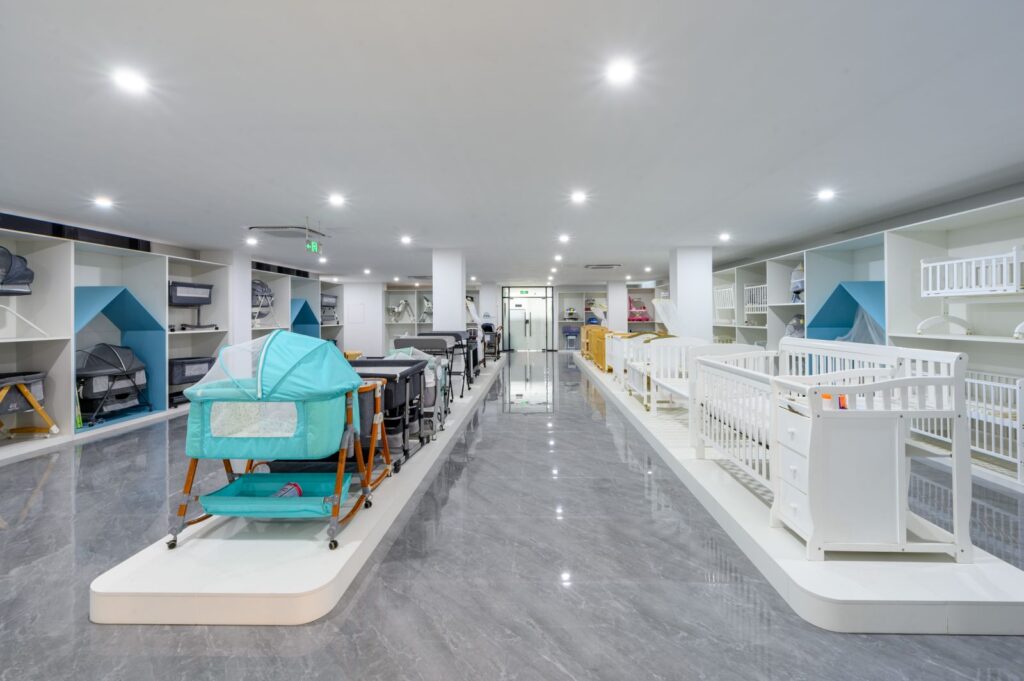
Core Necessities
Cribs and bassinets occupy the largest share of the infant furniture market. But be aware that modern parents’ demands for cribs have gone beyond basic functions. Although convertible cribs come with a higher price tag, their growing popularity is driven by their long-term value and adaptability as children grow.
Storage Solutions
Storage solutions are an often underestimated high-potential category. With modern living spaces becoming increasingly compact, there is a rising demand for smart storage furniture that maximizes functionality without sacrificing space. Freely combinable wardrobe units, toy storage systems with safety locks, and expandable bookshelf components are perfect for children’s rapidly changing growth needs. Such products usually have high gross profit margins and a stable repurchase rate due to the need for accessory replacement.
Safety Seats and Dining Chairs
Safety seats and high chairs are among the baby products that parents replace frequently due to wear, evolving needs, and updated safety standards. Although strictly speaking, they are not completely furniture, products such as dining chairs and rocking chairs that are closely related to the daily life of infants and young children often drive sales of other furniture.
Environmentally Friendly Products
Although the prices of environmentally friendly products such as baby rocking chairs made of organic cotton fabrics and bamboo cribs are higher than those of ordinary products, their sales have been steadily increasing in high-income families and areas with strong environmental awareness. It is worth noting that such products need to be equipped with authoritative certifications (such as GREENGUARD, OEKO-TEX, etc.) to gain consumer trust.
The following is a product classification breakdown table for your reference:
| Classification | Specific Product List |
| Sleeping Furniture | Baby beds, bassinets, cradles, Moses baskets, pack ‘n plays, toddler beds, house floor beds, and Montessori beds. |
| Nursing Furniture | Bathing tables, changing tables, wall-mounted changing units, dedicated changing stations, dressers with integrated changing tops, and potty chairs or seats |
| Storage Furniture | Dresser, wardrobe, toy storage cabinet, bookshelf, storage cabinet, closet, storage bench |
| Dining Furniture | High chair, portable dining chair, booster seat, children’s dining table set |
| Safety Protection Furniture | Safety gates, furniture anti-tip devices, stair guardrails, bed rails |
| Play and Activity Furniture | Playpens, activity centers, baby walkers, play tables, baby swings and bouncers, Montessori learning tower |
| Study Furniture | Children’s desk, study chair, computer desk, bookshelf combination |
| Smart Furniture | Smart monitoring crib, temperature-controlled bassinet, AI study table, smart rocking chair, diaper changing table with monitoring, smart night light bed |
Where to Source Baby and Kids Furniture: Suppliers vs. Manufacturing?
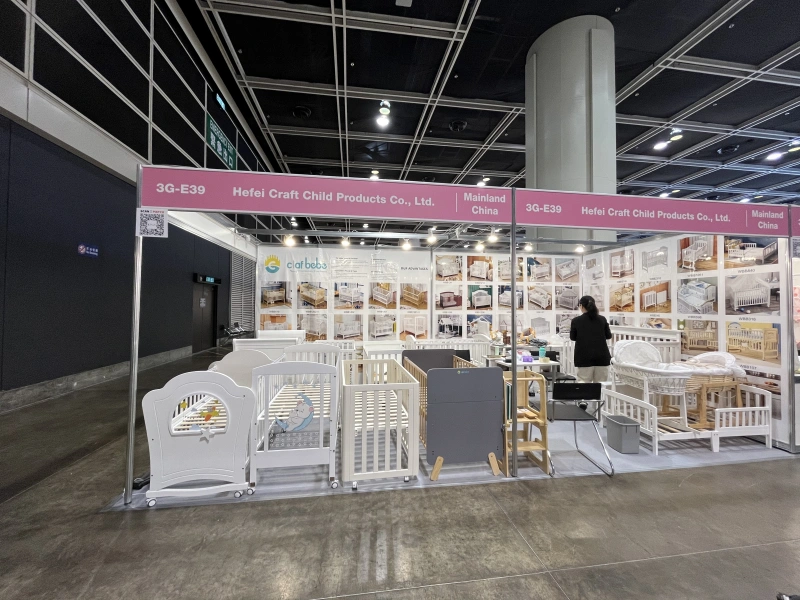
Pros and Cons of Procurement from Suppliers
Advantages:
Low MOQ: Usually, there is no minimum order quantity (MOQ) limit, or the requirement is low.
Product Diversification: Suppliers usually represent products from multiple brands or manufacturers and can provide a full range of baby product categories.
Low Inventory Risk: Some suppliers support “consignment” or “pre-sale” models, and retailers do not need to stock up in advance and can purchase according to orders.
More Flexible Logistics: Suppliers usually have a mature warehousing and distribution system, which can provide small batch and high-frequency delivery support.
Disadvantages:
Higher Cost: Due to the price increase through the middle link, the purchase price is higher than that of directly connecting with the factory.
Limited Customization: It is difficult to adjust product design, materials, or packaging, and it is impossible to create differentiated products.
Supply stability depends on third parties: If the supplier’s inventory is insufficient or the cooperation with the manufacturer is interrupted, it may affect the retailer’s supply.
Pros and Cons of Procurement Directly from Manufacturers
Advantages:
Cost advantage: The ex-factory price is usually lower than the supplier’s quotation, which greatly increases the gross profit margin.
Customization is possible: the size, material, color, and even functional design of baby products (such as engraving and brand LOGO implantation) can be adjusted.
More direct quality control: on-site factory inspection or a quality inspection report can be required to ensure compliance with safety standards (such as ASTM F1169, EN 716).
Disadvantages:
High minimum order quantity: most factories require an MOQ (such as 50-200 pieces/item).
Long delivery cycle: It usually takes 2-12 weeks from order placement to shipment, and the procurement rhythm needs to be planned.
How to Choose the Best Procurement Model?
In actual operations, a mixed strategy can be used to balance risks and benefits. For flagship products with stable sales (such as cribs and diaper tables), directly cooperate with factories to reduce costs. For long-tail products (such as bed guards and anti-collision strips), small batch replenishment is carried out through suppliers.
In the early stage of entrepreneurship, test sales are carried out through suppliers, and after determining the best-selling models, they gradually turn to factory direct procurement. For example: 70% of orders in the first year go to suppliers, and the main products will be transferred to factory direct supply in the second year.
You can filter resources through B2B platforms or go directly to baby product industry exhibitions for field visits. Regardless of the channel, you must ensure that the product has passed the safety certification of the place of sale; otherwise, you may face recalls or fines.
The following is a list of baby and kids furniture manufacturers and suppliers worth exploring. The products cover different categories. They have been tested by the market and have a good reputation and cooperation capabilities. You can click to view and get contact information.
Top Baby Furniture Manufacturers in 2025
Top Baby Furniture Manufacturers in China
Top Kids Furniture Manufacturers in 2025
Top Crib Manufacturers in 2025
What Legal Requirements Do You Need to Sell Baby and Kids Furniture?

Product Safety Standard System
Different markets have targeted standards. For instance, cribs sold in different markets must meet specific safety standards: the U.S. requires compliance with ASTM F1169, the European Union enforces the EN 716 standard, and the Australian/New Zealand market follows the AS/NZS 2172 standard.
Chemical Restrictions
The EU REACH regulation classifies infant and baby furniture as “children’s products” and limits formaldehyde emissions and lead content. California Proposition 65 requires labeling of all possible carcinogens, including certain wood preservatives. In China, the GB 28481-2012 standard imposes strict limits on the levels of migratable substances in surface coatings to ensure safety.
Label and Warning Mark Specifications
Label and warning mark specifications are often ignored, but have a high risk of punishment. US law requires permanent labeling of product name, production date, batch number, and declaration of conformity. Safety warnings are required to be provided in the official language of the country or region where the product is sold.
Certification and Test Reports
In the U.S. market, CPC certificates are mandatory, while the EU requires an EC declaration of conformity accompanied by technical documentation. Cross-border e-commerce companies should pay special attention to the fact that platforms such as Amazon will randomly require the submission of test reports from ISO 17025-qualified laboratories. Missing documents will result in product removal.
Cross-Border E-Commerce Compliance
Exports to the United States must register a CPSC account in advance. The new EU regulations require that all infant and toddler products complete EPR registration and pay a recycling fund from 2024. The French market requires the Triman mark separately. Middle Eastern countries generally require GCC certification, and these regions have special language requirements for instructions and packaging.
What Are the Hidden Costs of Running a Baby and Kids Furniture Business?
Safety Standards and Certifications
If you choose standard products from established manufacturers, this cost may be negligible because their products are already certified when they are launched.
But if you choose to design or customize furniture yourself, your products must meet the strict safety regulations of the market in which they are sold, especially for furniture such as cribs, bassinets, and high chairs.
CPSC, ASTM, EN, and other certification processes all involve product testing, laboratory fees, and often multiple rounds of product improvements – all of which can cost thousands of dollars per product. If the product fails the initial testing, redesign and retesting can result in repeated cost cycles.
Costs of Returns, Exchanges, and After-Sales Service
Furniture is large and often heavy, and can be expensive to ship, especially when returning it. Returns may be requested due to shipping damage, missing components, or customer dissatisfaction. In many cases, you will need to cover the return shipping costs or even send a replacement product for free.
Logistics and Warehousing
Storing cribs, dressers, and high chairs requires a large, stable space, especially if you plan to stock up during peak shopping seasons. The larger the items, the more expensive they are to store and ship. If you manage order fulfillment yourself, you’ll need an inventory management system and warehouse staff.
E-Commerce and Technical Infrastructure
While platforms like Shopify or WooCommerce offer scalable solutions, many add-on apps for inventory tracking, currency conversion, abandoned cart recovery, and analytics require monthly fees. In addition, you will need to integrate payment gateways like Stripe or PayPal, which take a percentage of each transaction.
Conclusion
Through the analysis in the previous article, we can see that although this industry has many challenges – from strict legal compliance to complex hidden costs, from fierce channel competition to sophisticated product management – it also provides unique business value and social significance for prepared entrepreneurs.
Profitability must be based on the premise of truly solving the pain points of parenting. Those companies that only focus on reducing costs and lowering safety standards will eventually be eliminated by the market and regulations.
Clafbebe is a highly acclaimed manufacturer of baby and toddler furniture in China, integrating product design, production, and sales. They adhere to the highest product safety standards and carefully create high-quality products. They have multiple product series: cot bed, baby bassinet, baby walker, feeding chair, learning tower, kids bed, changing table, baby playpen.
Contact us now to get exclusive solutions!
Recommended Related Articles:
- Custom Kids Furniture Wholesale Guide (Catalog Included)
- Exploring 11 Different Types of Baby Furniture
- Wholesale Baby Items: Ultimate Guide of 2025
- Top 15 Baby Product Manufacturers in China
- Top 10 Baby Products Companies in Europe
- 12 Top Baby Furniture Manufacturers in 2025
- How to Import Baby Furniture from China?

